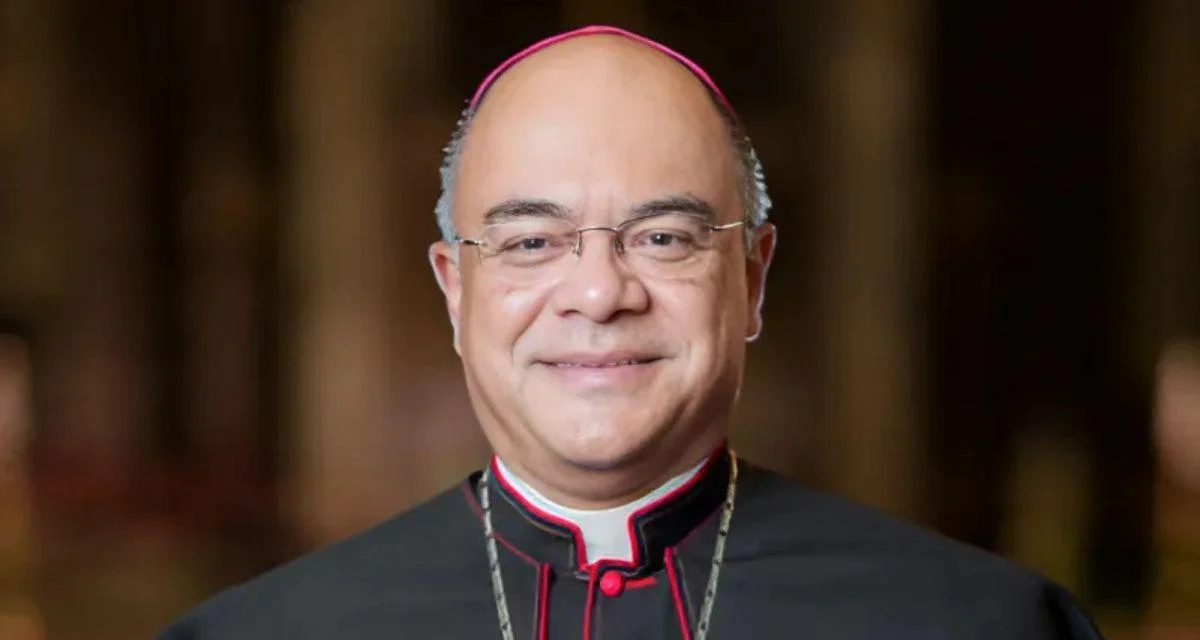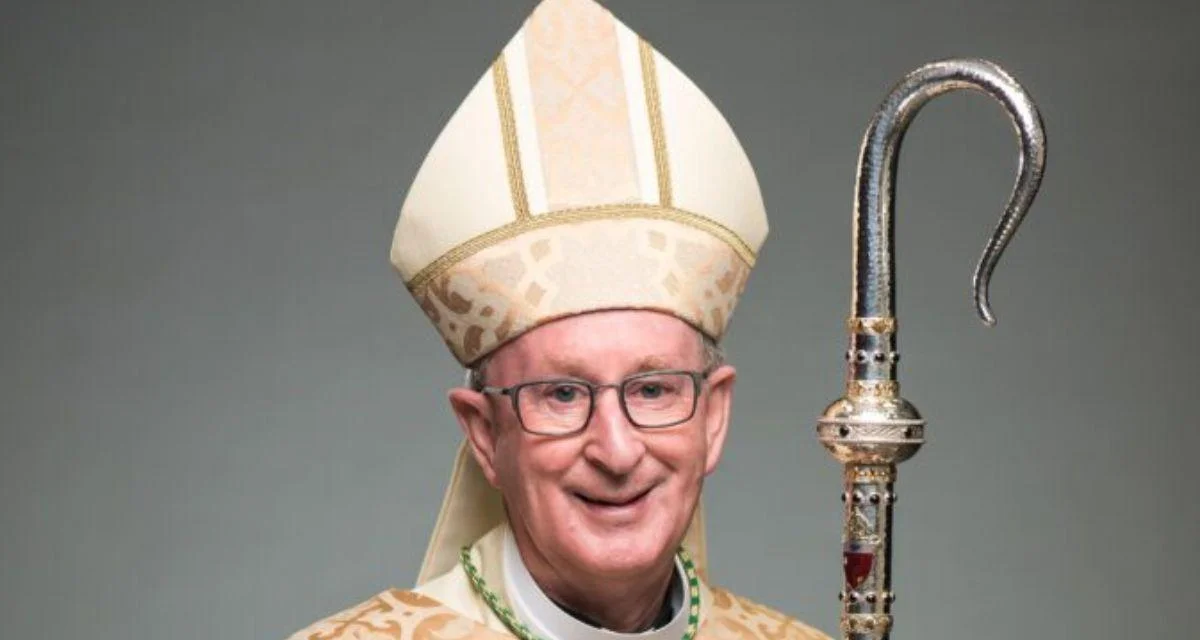
Reverend Joseph E. Kurtz, D.D. Bishop | Archdiocese of Louisville
By Cindy Wooden, Catholic News Service
PORT MORESBY, Papua New Guinea — With a 21-cannon salute, Pope Francis was welcomed to Papua New Guinea on September 6, marking the second stop on his four-nation visit to Asia and the Pacific.
After flying five and a half hours from Jakarta, Indonesia, the 87-year-old pope landed at Jacksons International Airport in Port Moresby. He was greeted with flowers from children wearing traditional dress. John Rosso, Papua New Guinea’s deputy prime minister, led the official welcome ceremony. The event featured the cannon salute, a review of the honor guard, the playing of the Vatican and Papua New Guinean national anthems, and the presentation of their respective delegations.
Although the pope landed an hour after sunset, thousands lined the roads from the airport hoping to see him. Many held long-handled battery-powered candles.
In contrast to Indonesia where Christians are a small minority, approximately 98% of Papua New Guinea's population is Christian. According to Vatican statistics, Catholics represent about 31% of the nation’s 8.2 million people.
This visit by Pope Francis marks Papua New Guinea's third papal visit; St. John Paul II visited in 1984 and again in 1995.
Papua New Guinea is known for its hundreds of ethnic groups living in remote areas speaking their own languages. It is rich in natural resources such as gold, copper and natural gas but one-third of its population lives below the poverty line. The nation has been plagued by crime and gang violence for decades; riots broke out in January over cuts in public workers' salaries.
Pope Francis’ itinerary for his trip from September 2-13 focused only on capitals including those of Indonesia, Timor-Leste and Singapore. However, he added a visit to a community of missionaries from Argentina ministering around Vanimo in northwest Papua New Guinea.
The trip provides Pope Francis an opportunity to pay tribute to generations of foreign missionaries who have shared the Gospel through preaching and religious education as well as through schools, orphanages, hospitals and work for justice and environmental protection.
Papua New Guinea exemplifies what Pope Francis often highlights: “the cry of the poor and the cry of the Earth.” This situation arises when minerals are extracted and forests denuded while energy supplies are sold off benefiting only a few financially while leaving behind scarred landscapes for impoverished populations.


 Alerts Sign-up
Alerts Sign-up